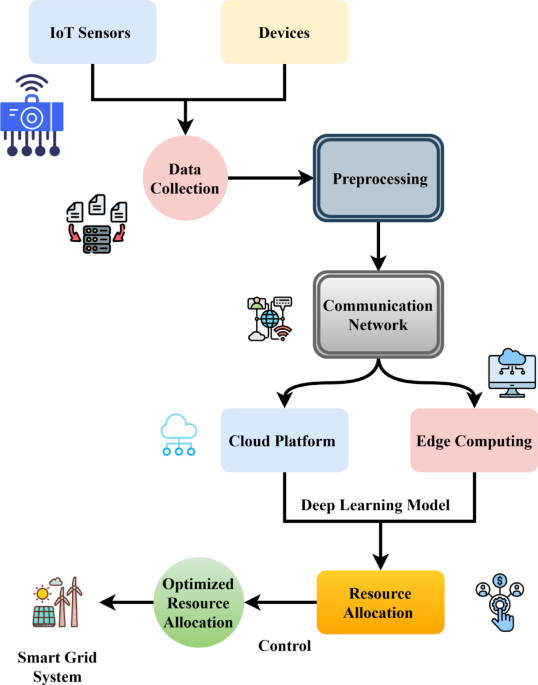Thailand Unveils Ambitious Five-Point Tourism Revival Strategy Backed by Massive Stimulus to Transform the Land of Smiles into a World-Class Destination - Travel And Tour World
Saturday, May 31, 2025

Thailand has introduced a broad-ranging five-point tourism recovery strategy supported by a huge one hundred and fifty-seven billion baht stimulus package to rebrand itself as a world-class tourist destination. The ambitious program is designed to address core tourism challenges in safety, infrastructure, service quality, and promotional strategy, and sync with emerging global tourism trends for high-standard, experience-based tourism. By positioning tourism as the focal point of the nation’s economic recovery, the nation is seeking not only to rehabilitate itself following setbacks but to enhance its stature as a global destination through innovation, strategic reform, as well as year-round appeal.
In a decisive move to reinvigorate its tourism sector, Thailand has rolled out a comprehensive five-point recovery plan aimed at transforming the country into a premium, year-round global travel destination. Entering the second quarter of 2025, Thailand is embracing a transformative tourism agenda, repositioning the sector as a central driver of national economic progress and long-term development.
The sweeping initiative, supported by a robust one hundred fifty-seven billion baht stimulus package, underscores the government’s intent to not just revive but revolutionize the travel landscape. At the heart of this effort lies a powerful vision: to position Thailand not just as a destination of leisure, but one of exceptional value, cultural richness, safety, and innovation.
Despite a slight dip in overall tourist arrivals in early 2025, Thailand’s tourism revenue continues to show resilience, driven by the spending habits of high-income travellers from Europe and the Americas. These visitors increasingly seek tailored, immersive, and secure experiences—a shift in demand that the new plan is meticulously designed to accommodate.
Recognizing tourism as a key driver of the national economy, Thailand’s government has elevated the sector to top-priority status in its development agenda. The message from the top is unequivocal: tourism must be the leading force in the country’s economic resurgence.
To achieve this, five urgent directives have been issued, targeting the most pressing challenges currently facing the sector.
Thailand’s first strategic pillar is focused on rebranding and repositioning the country on the international stage. The government is prioritizing image-building campaigns to attract discerning, high-spending travellers. These initiatives include expanding digital marketing campaigns, partnering with global influencers, and showcasing Thailand’s cultural, natural, and wellness offerings across major media platforms.
Emphasis will be placed on shifting away from mass-market tourism to a more refined, high-value model that highlights exclusive experiences—ranging from luxury eco-retreats and gourmet Thai cuisine to spiritual wellness journeys and curated cultural tours.
This global outreach will reinforce Thailand’s reputation as a “quality destination” with a uniquely diverse offering, beyond traditional beach holidays.
One of the most crucial aspects of the plan involves elevating the safety and service benchmarks across the tourism ecosystem. In response to growing traveler concerns over security, the government plans to introduce AI-powered surveillance systems at major tourist hotspots. Advanced surveillance systems will enable real-time monitoring and proactive security measures, helping to prevent crime and boost tourist confidence throughout key destinations.
Moreover, law enforcement and tourism police visibility will be increased across cities and resort towns, ensuring a secure environment for both tourists and locals.
In tandem, hospitality service standards will undergo an overhaul, with new training programs and certifications introduced to enhance the guest experience at every touchpoint—from airports and hotels to tour operators and local attractions.
Another urgent priority under the new directive is the overhaul of Thailand’s immigration and transit processes. Long plagued by congestion, inefficiency, and scams, the arrival experience at Thailand’s airports has been a major pain point for travellers.
The government plans to implement high-speed biometric systems and automated immigration gates to ease congestion. Simultaneously, crackdowns will be initiated on unregulated transport services and unauthorized tour operators.
A new central complaint system for tourists will be introduced, supported by multilingual assistance centers across key hubs, to ensure visitor grievances are addressed swiftly and transparently.
These reforms aim to create a seamless travel experience from arrival to departure, reducing friction and improving overall satisfaction.
Infrastructure development is another cornerstone of Thailand’s tourism revitalization. Major connectivity upgrades are underway to enhance accessibility between popular destinations such as Krabi, Phang Nga, and Phuket. New transportation corridors, improved ferry services, and intermodal hubs are expected to reduce travel times and encourage regional exploration.
Additionally, domestic airfare regulations are being reconsidered. A pricing cap strategy is being explored to make domestic travel more affordable for tourists and locals alike, thereby boosting interprovincial travel and dispersing tourism benefits beyond Bangkok and other saturated areas.
This approach supports the government’s broader aim to develop regional tourism economies and reduce pressure on over-visited locations.
To counter the seasonality that has traditionally defined Thai tourism, the government is investing in the development of a continuous calendar of cultural, musical, culinary, and sports events designed to keep the country vibrant all year long.
Each region will be encouraged to develop localized attractions based on cultural assets, natural heritage, or niche interests—ranging from rice planting festivals in the north to surf competitions in the south.
This dynamic, data-driven approach also includes enhancing the use of tourism analytics to tailor offerings in real-time. The government will harness artificial intelligence and big data to identify emerging trends, traveler preferences, and optimal promotional timings.
The goal is not only to attract visitors but to deepen engagement and encourage repeat visits by offering fresh experiences across multiple visits.
Each policy directive has been assigned a clear deadline and is backed by enforceable regulations. Regular progress reviews will be submitted directly to the Prime Minister’s office to ensure accountability and drive rapid implementation.
This centralized monitoring reflects the urgency with which the government is treating the tourism turnaround—an approach rarely seen in past policy rollouts.
The one hundred fifty-seven billion baht stimulus fund dedicated to this tourism strategy is the financial engine behind its success. This investment will be channeled into infrastructure upgrades, safety technology deployment, marketing campaigns, and stakeholder training.
The stimulus also includes funding for public-private partnerships that align with the strategy’s core goals. Local entrepreneurs, hospitality businesses, and travel startups are expected to play a vital role in executing the plan on the ground.
With these sweeping reforms, Thailand is making a decisive break from the past. Gone are the days of mass tourism at the expense of quality, culture, and sustainability. In its place is a forward-looking strategy that prioritizes traveler experience, regional development, and long-term economic resilience.
Thailand is not only fighting to recover lost ground in global tourism rankings—it is seeking to redefine what tourism means in a post-pandemic world. By leading with innovation, infrastructure, and inclusivity, the country hopes to build a sector that is not only profitable but equitable and enduring.
If successful, the plan could serve as a model for other nations navigating the complexities of tourism in the modern age.
Thailand has introduced a ambitious five-point tourist revival strategy with a stimulus of one hundred and fifty-seven billion baht to rebrand itself as a global upscale destination. The approach is based on safety, infrastructure, and high-value experiences to spearhead long-term expansion and global popularity.
Thailand’s five-point tourism revival strategy is more than a recovery roadmap; it is a reimagining of how a nation can leverage its cultural, natural, and technological strengths to lead in global tourism. As the government fast-tracks implementation, all eyes will be on the Land of Smiles to see if its ambitious blueprint can deliver a world-class visitor experience that drives sustainable growth for years to come.












